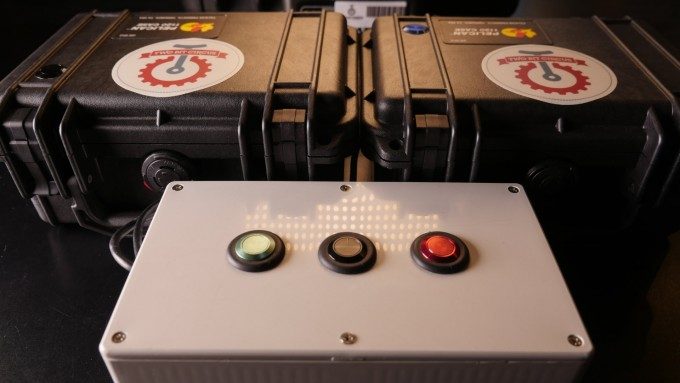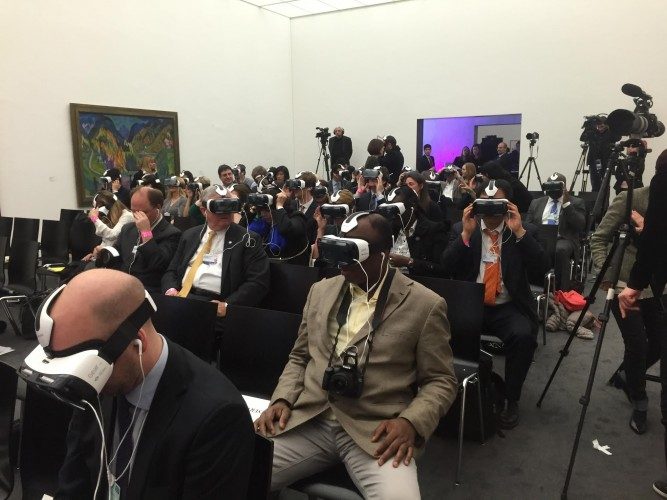Two Bit Circus VR, an experiential entertainment company based in LA, has developed a system to sync 360 VR video experiences across ‘limitless’ local Gear VR users to help create a truly shared VR experience.
 As isolating as virtual reality is traditionally portrayed, one thing that the advent of Samsung’s Gear VR proved is that VR can be a shared experience. Throwing the headset into your bag ready to share with people wherever you might be going is a much underplayed and import aspect of mobile VR hardware.
As isolating as virtual reality is traditionally portrayed, one thing that the advent of Samsung’s Gear VR proved is that VR can be a shared experience. Throwing the headset into your bag ready to share with people wherever you might be going is a much underplayed and import aspect of mobile VR hardware.
Now, a company which describes itself as being “…at the intersection of technology and spectacle.” have developed a system that allows a “limitless” number of VR headsets to deliver a sync’ed 360 video experience to, potentially, a mass audience. You might be asking “why bother?” – well lets explore that question.
Consider the recent release and subsequent demonstration of the powerful 360 documentary Clouds over Sidra to delegates at the UN World Economic Forum. The striking images of politicians and diplomats sat in a room together, all wearing Gear VR headsets experiencing the film in the same space, but not ‘together’.
The presentation could have been arguably more impactful had all delegates been watching and reacting to the same moments in that documentary all at once. In much the same way that sensing others’ responses to traditional movies whilst at a public movie theater can enhance (or detract in some cases) your experience.
Two Bit Circus’ system is simple but seemingly effective. Take a number of Bluetooth-paired custom 360 video player (running on the phone attached to the Gear VR) and a central, wireless trigger system – capable of starting, stopping and resetting all connected devices simultaneously. The company claims that the system is designed to be portable and to be deployed quickly, making it ideal for onsite presentations and special events.

On a purely practical level, with the levels of interest in virtual reality as a marketing and presentation tool, Two Bit Circus’ syncing system is a potentially elegant and powerful tool for event managers and marketers. An early version of the triggering system has already been used at a 2014 Super Bowl collaboration with Wasserman Experience, Verizon and the NFL.
The technology will see it’s first public showing at this weekend’s sold out VRLA Summer Expo so it’ll be interesting to see








